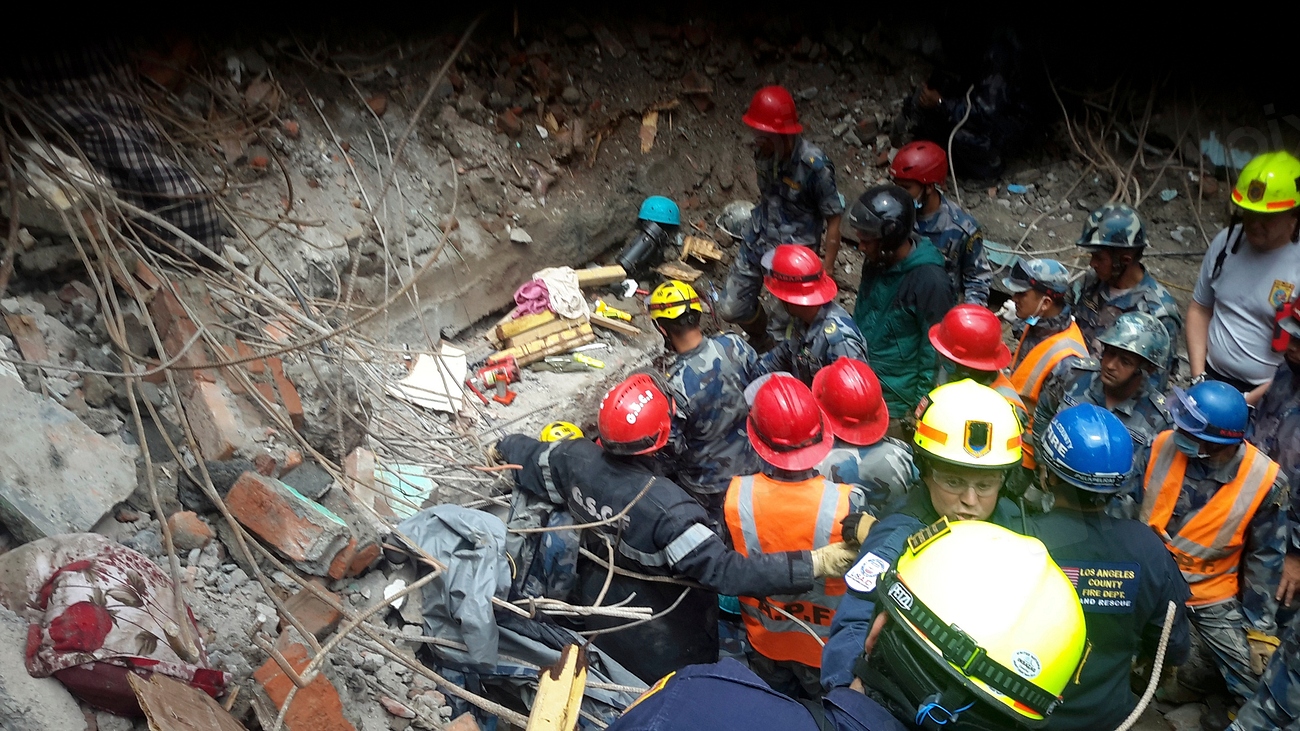- Why Scientists Track Atmospheric Carbon With Giant Towers - October 7, 2025
- The Link Between Melting Ice and Rising Sea Levels Explained - October 6, 2025
- How Ocean Currents Help Regulate Global Climate - October 5, 2025
2024’s Devastation Sets a New Benchmark
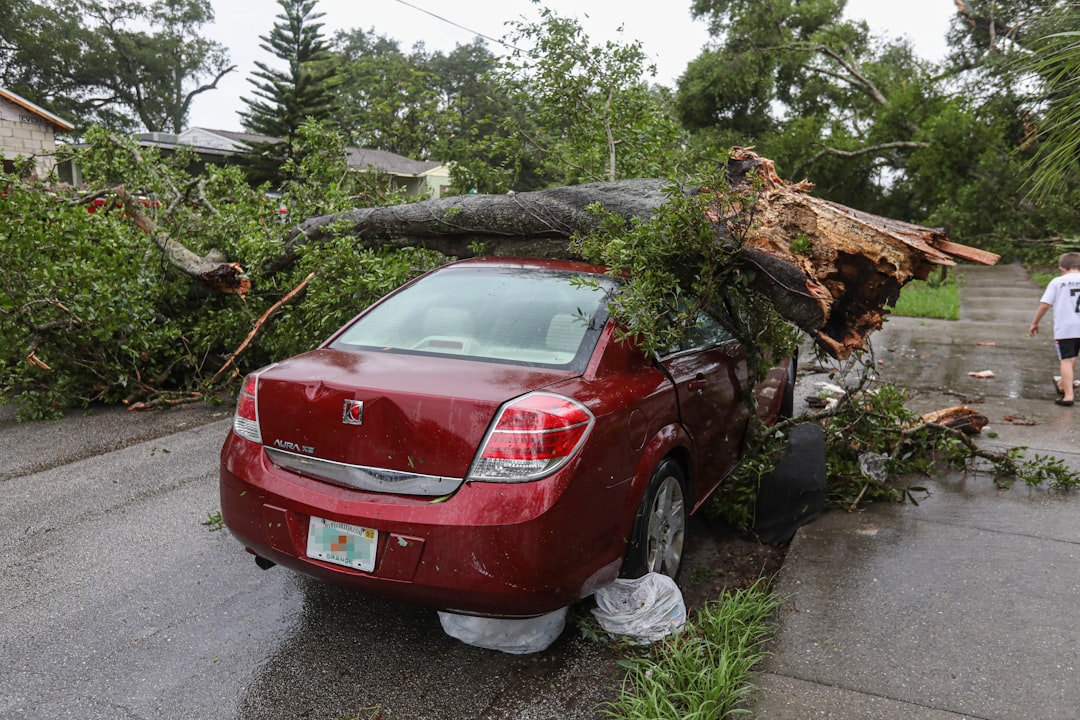
Last year’s Atlantic hurricane season left many Americans shocked and reeling. Official estimates put the total damages at about $500 billion, an almost unimaginable sum that shattered previous records for storm-related destruction. Communities from Florida all the way up the Eastern Seaboard faced relentless winds, flooding, and power outages. These numbers don’t just reflect property loss—they reveal upheaval in people’s daily lives, with some families still struggling to repair homes or reopen businesses months later. Experts point to a dangerous trend: hurricanes are not just hitting harder, but more often. The 2024 season’s financial fallout is now the baseline against which every following year will be measured. “We are in uncharted territory,” said one meteorologist, “not only with the frequency, but the sheer economic toll.” The prospect of an even more expensive season is now very real.
NOAA Raises the Alarm for 2025
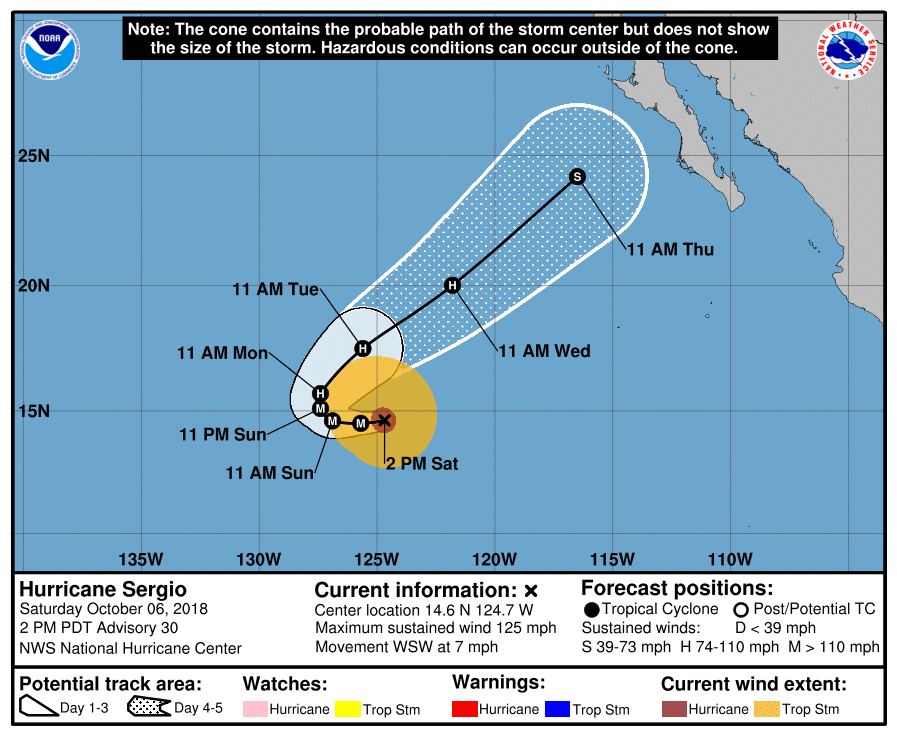
This year, the National Oceanic and Atmospheric Administration (NOAA) has issued a stark warning: the Atlantic hurricane season is expected to be busier than usual. Their latest outlook predicts 13 to 19 named storms, 6 to 10 hurricanes, and 3 to 5 major hurricanes. These numbers aren’t just statistics—they represent real threats to millions living along the Gulf and Atlantic coasts. The sense of anxiety is palpable, especially among those who endured last year’s chaos. “The odds are not in our favor,” a NOAA spokesperson recently stated, urging communities to prepare early. Insurance providers and emergency responders are bracing for another round of costly and potentially deadly storms. For many, NOAA’s forecast is a wake-up call that the familiar rhythm of hurricane season is changing—and not for the better.
Oceans Are Getting Hotter—and More Dangerous
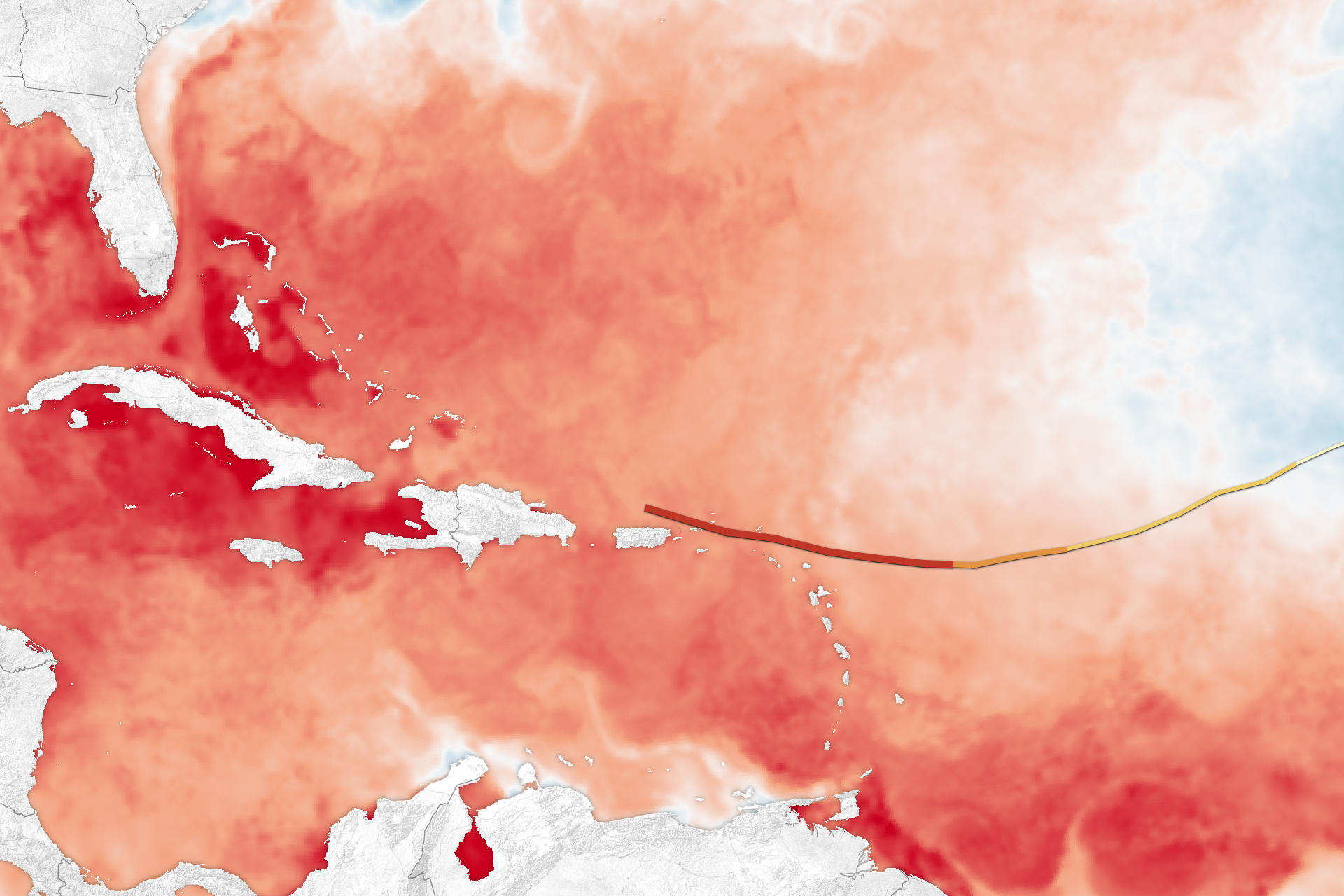
One of the most alarming trends is the record-breaking warmth of Atlantic sea surface temperatures. The Main Development Region—the part of the Atlantic where most hurricanes form—has seen unprecedented heat, acting like rocket fuel for storms. Warmer waters mean hurricanes can intensify faster and hit with more force, often catching communities off guard. In 2024, several storms rapidly intensified just before landfall, giving people less time to evacuate or prepare. Scientists emphasize that these conditions are no fluke but part of a larger warming pattern linked to climate change. The phrase “hotter oceans, stronger storms” is no longer just a theory—it’s a reality playing out in real time. Every extra degree in water temperature can translate into billions of dollars in additional damage, raising the stakes for coastal cities everywhere.
Hurricane Helene: A Tragic Reminder
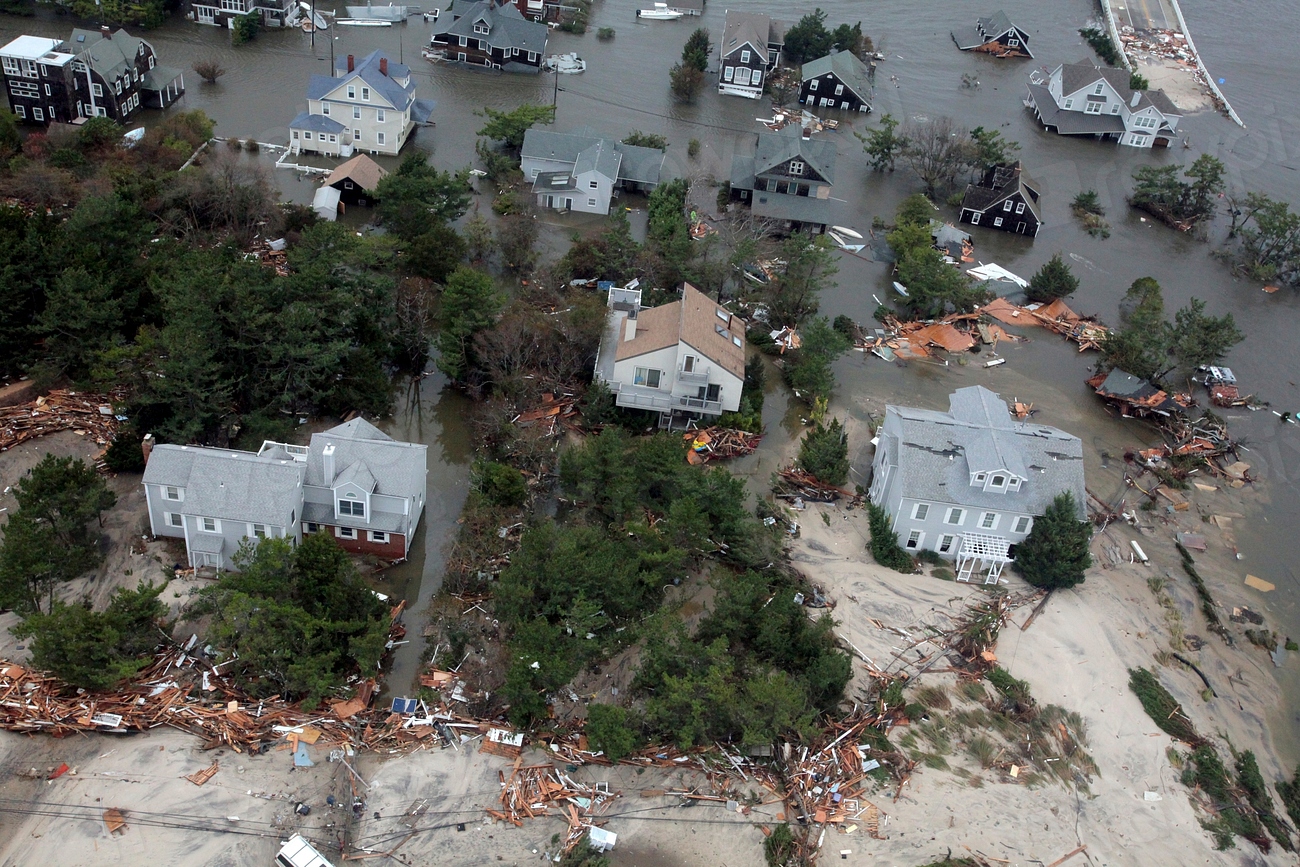
Hurricane Helene was the deadliest storm of 2024, leaving devastation in its wake—especially in Florida’s Big Bend region. The storm’s fury resulted in estimated damages of between $75 and $78.7 billion, and it claimed 251 lives. For many, the numbers fail to capture the heartbreak and loss that families endured. Entire communities were uprooted, with homes flattened and basic services knocked out for weeks. Helene’s impact is still being felt, from disrupted school years to businesses shuttered indefinitely. Public officials have called it one of the worst disasters since Hurricane Katrina. The lasting scars from Helene serve as a grim warning of what could happen if an even more powerful storm strikes in 2025. Survivors are urging neighbors and lawmakers alike to take hurricane preparations seriously—because the next storm could be even worse.
Budget Cuts Threaten Disaster Response
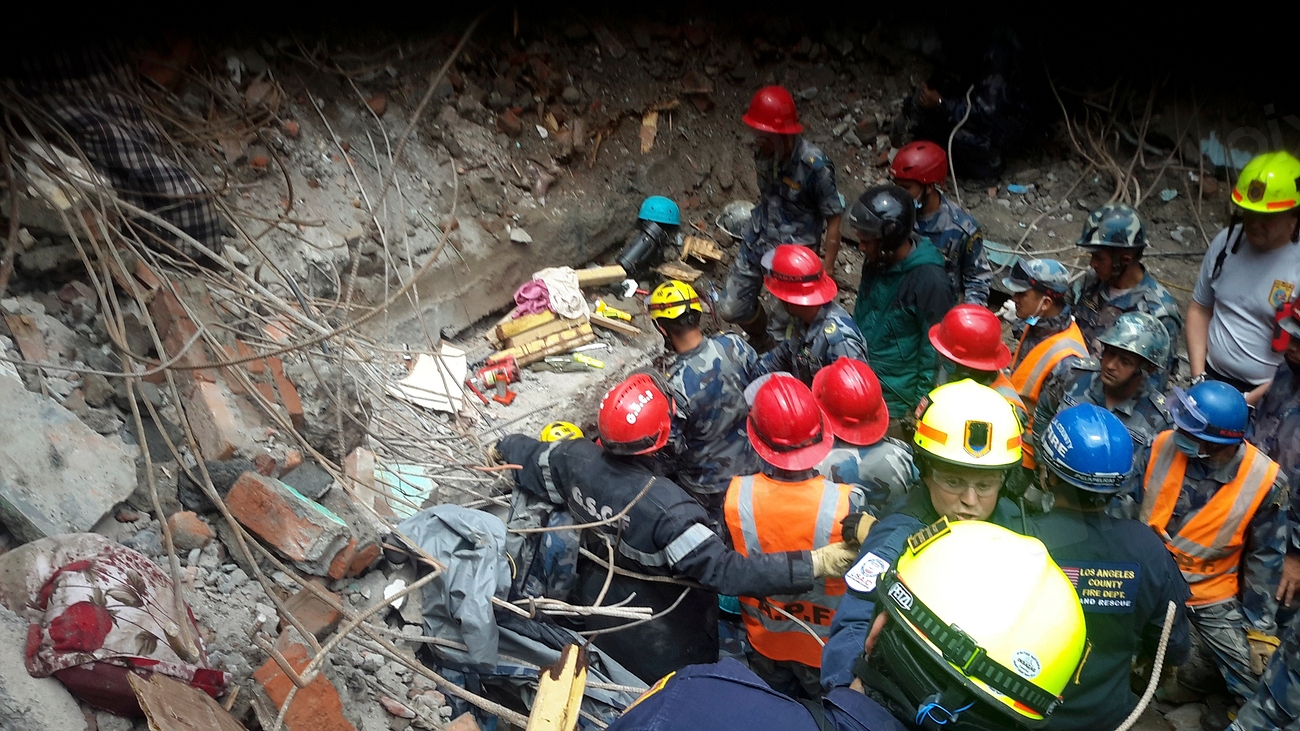
This year, budget cuts to federal agencies like FEMA and NOAA have sparked widespread concern among emergency planners and local officials. Reduced funding means fewer resources for early warning systems, disaster relief, and rebuilding efforts. In past years, quick federal response helped save lives and limit property damage, but now, many worry that critical support will arrive too late—or not at all. “We’re being asked to do more with less,” a FEMA official confided, highlighting the strain on already-stretched teams. For communities hit by back-to-back storms, the safety net is looking increasingly frayed. Some local governments are scrambling to fill the gaps, but many simply lack the funds. The risk is clear: weakened agencies may leave millions more vulnerable just when they need help the most.
Communities Facing Economic Aftershocks
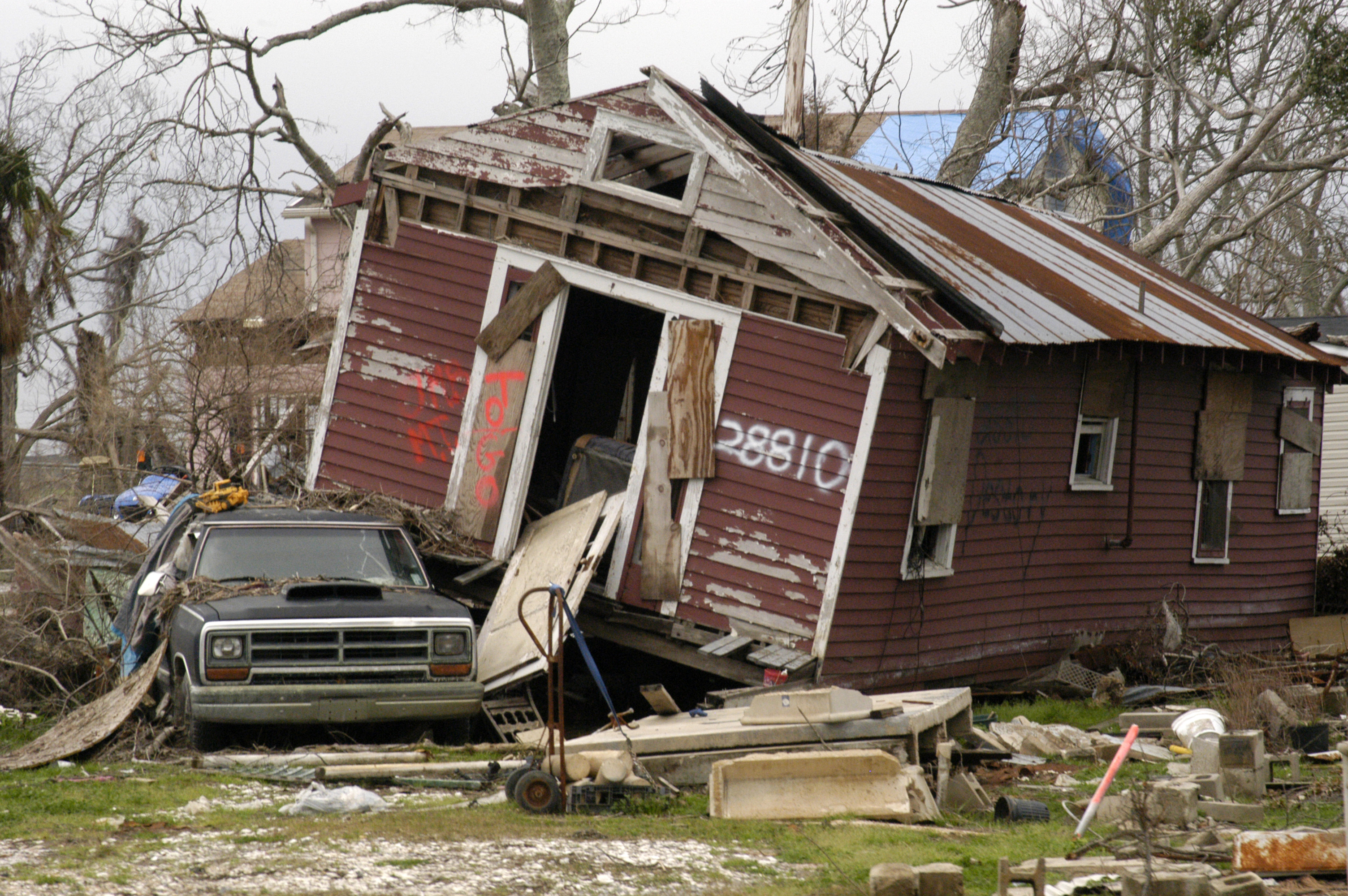
Beyond the immediate destruction, back-to-back hurricane seasons have left many coastal regions in a state of prolonged economic distress. Small businesses, especially in tourism-dependent areas, are still recovering from last year’s storms. Homeowners are grappling with rising insurance premiums or, worse, being dropped by their insurers altogether. Infrastructure repairs are slow and costly, with some neighborhoods waiting months for basic utilities to return. The ripple effects are everywhere—jobs lost, property values plummeting, and local governments forced to make tough budget choices. For families living paycheck to paycheck, a single hurricane can push them to the brink of financial ruin. As one resident put it, “Every storm that comes through doesn’t just blow away buildings—it blows away our sense of security.”
Climate Change Is Supercharging Hurricanes
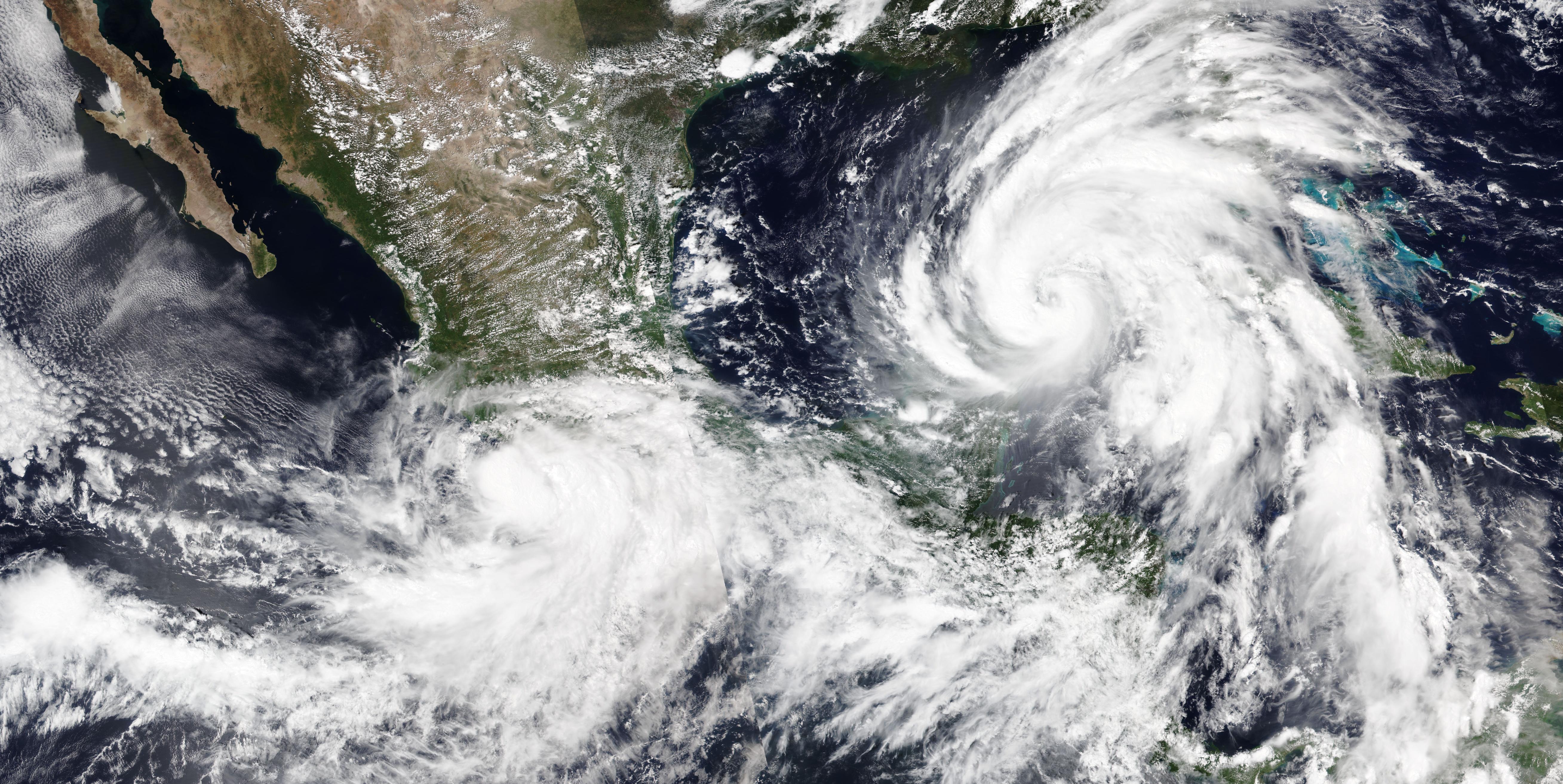
There’s growing consensus among scientists that climate change is fueling more severe hurricanes. Warmer oceans, rising sea levels, and shifting weather patterns are combining to create a perfect storm for more intense and destructive hurricanes. Researchers warn that these changes aren’t reversible in the short term, meaning communities will have to adapt quickly or face even greater risks. “We are seeing the fingerprints of climate change on every major hurricane now,” one expert explained. The link between rising greenhouse gas emissions and stronger storms is no longer up for debate—it’s becoming heartbreakingly obvious with every new season. For residents of hurricane-prone regions, this means more preparation, more anxiety, and higher costs year after year. The message from the scientific community is clear: we can expect the worst, unless bold action is taken.
2025 Forecasts Signal More Trouble Ahead
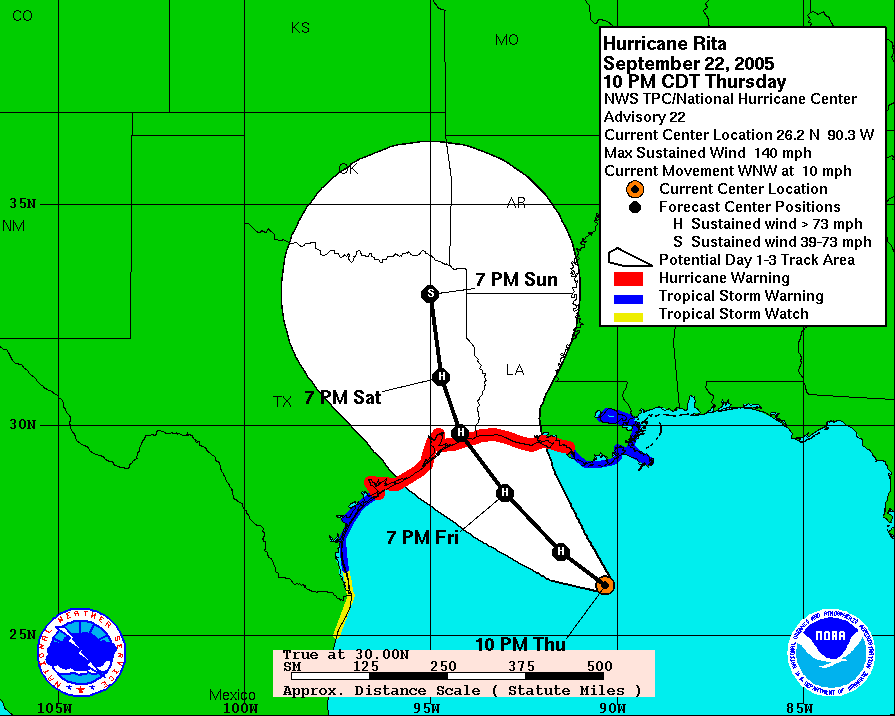
Colorado State University’s latest forecast is in line with NOAA’s warning, predicting 17 named storms, 9 hurricanes, and 4 major hurricanes for the upcoming season. Their analysis points to the same culprit: exceptionally warm Atlantic waters. Forecasters stress that these conditions are ripe for rapid storm development and unpredictable paths, making it even harder for communities to prepare. Emergency managers are sounding the alarm, urging residents to update evacuation plans and check insurance policies now—not later. The scale of these predictions is sobering, especially given the damage tally from last year. For many, the question isn’t if another expensive hurricane will hit, but when—and how bad the aftermath will be.
Infrastructure Still Struggling to Recover
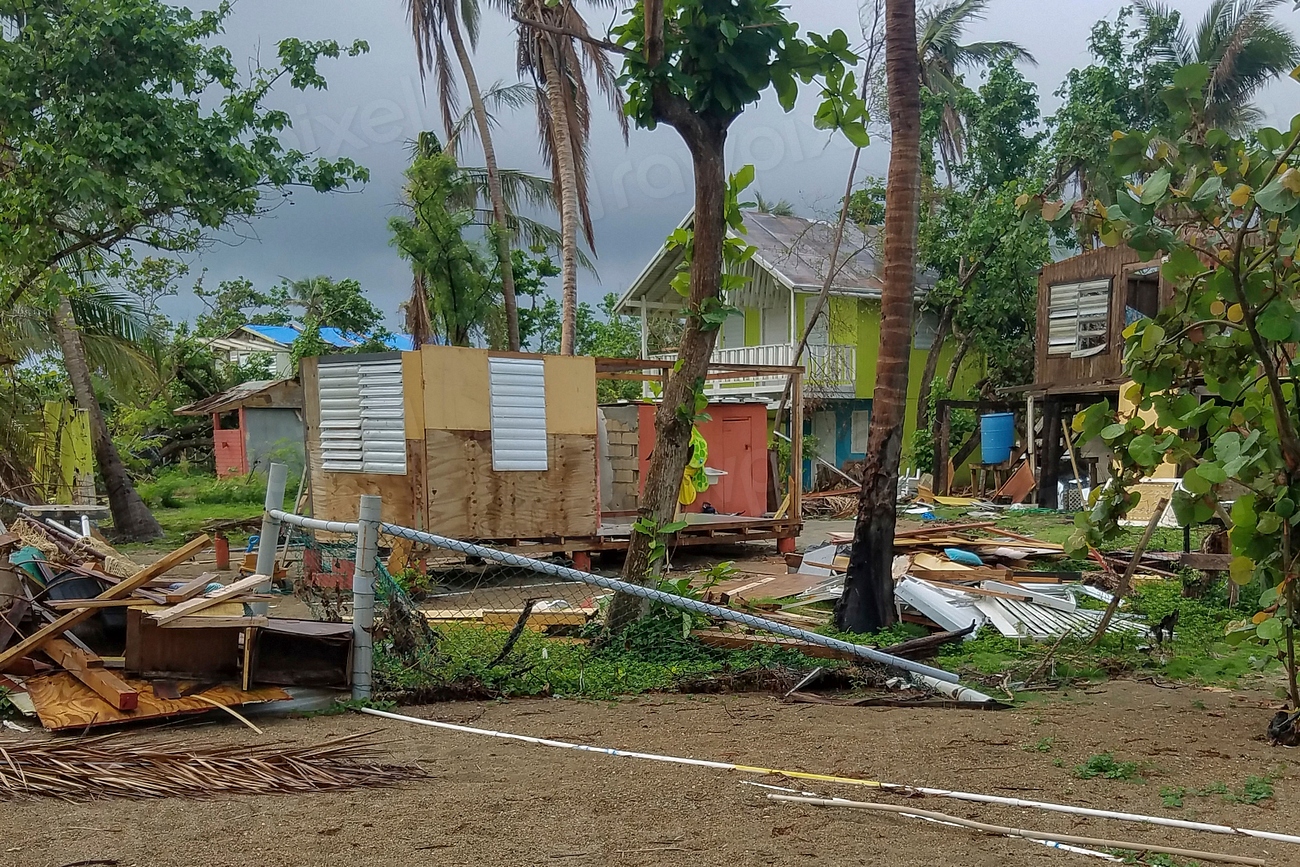
Months after the last hurricane season, many hard-hit areas remain in a state of repair. Roads, bridges, and water systems are still in disrepair, with some projects stalled by funding shortfalls or supply chain delays. Flood protection measures—like levees and drainage systems—were overwhelmed last year and haven’t yet been upgraded in many places. This leaves entire neighborhoods at risk of repeat flooding and extended power outages. Local officials have pleaded for more federal aid, warning that unfinished repairs could turn minor storms into major disasters. For families living in these vulnerable areas, every rainstorm is a reminder of how fragile their safety truly is. The sense of urgency is growing, but time and money are running out.
Are We Ready for the Most Expensive Hurricane Season Yet?
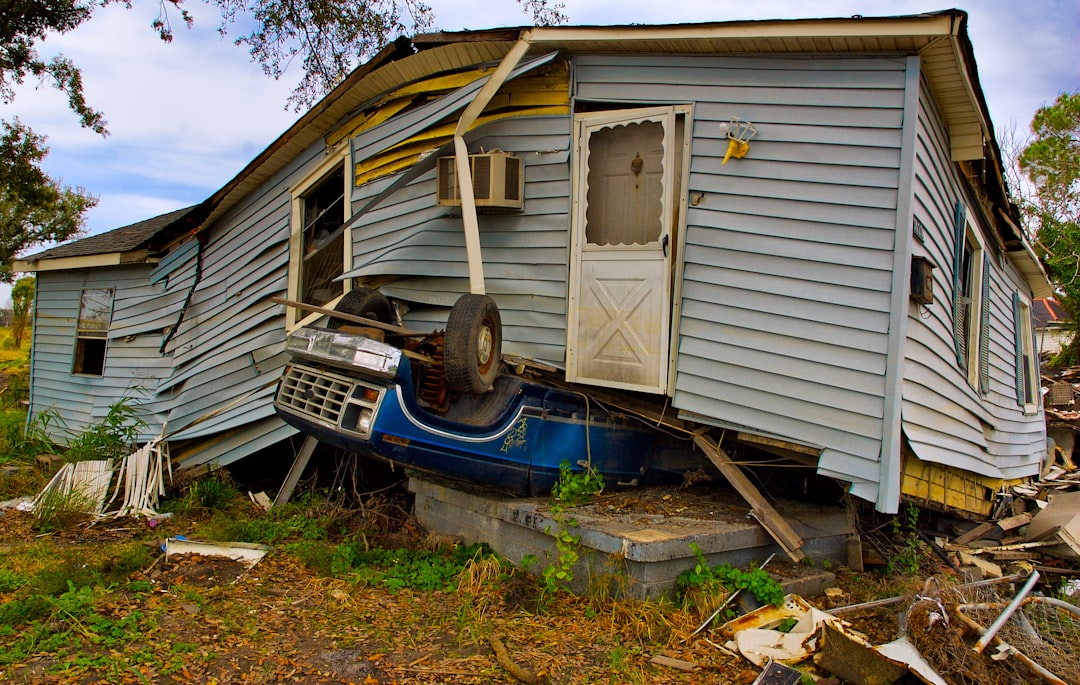
The signs point to another year of extreme risk and potential record-breaking losses. With battered infrastructure, strained emergency services, and climate-driven superstorms, the stage is set for what could become the costliest hurricane season on record. Insurance companies are already tightening policies, and many families are facing tough choices about where—and whether—to rebuild. The collective anxiety along America’s coasts is impossible to ignore. As one longtime Gulf Coast resident put it, “It feels like we’re standing on the edge of a cliff, just waiting for the next big wave.” The question now is not just how much damage will occur, but whether communities and policymakers are truly prepared for what’s coming.

